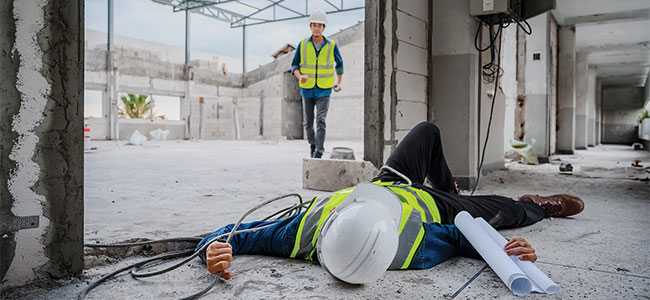
Preventing Ergonomic Injuries on the Construction Site
Think ergonomic injuries are only for those with a desk job? Think again.
- By Shawn Gregg
- Mar 01, 2024
When it comes to hazards on the construction site, electrical contractors are very familiar with the risks that OSHA dubs the “fatal four” — electrocutions, falls, struck-by and caught-in/between. The industry generally does a good job of utilizing training, safety equipment and other initiatives to help limit the risks of these occurring. However, many safety programs don’t have as much of a focus on the quieter dangers and risks posed by ergonomic injuries.
Unlike the injuries mentioned above, ergonomic injuries, which can affect joints, tendons, nerves and muscles, often build up over an extended period of time and may seem trivial at first. A good example is wearing uncomfortable shoes. Wearing these shoes could not only result in a possible acute injury on the job site but could also result in the worker developing a musculoskeletal disorder (MSD) over time.
And while many think of ergonomics as only a “desk job” concern, the reality is that ergonomic issues can occur anywhere. In the field, ergonomic injuries are a leading cause of employee safety issues and can be very costly.
Research from the Bureau of Labor and Statistics has found that nearly 33 percent of “days-away-from-work” cases are due to ergonomics-related injuries, and worker compensation claims tied to MSDs cost U.S. employers more than $20 billion per year. Plus, these injuries can linger and potentially hinder a return to the job site.
This is especially relevant for electrical contractors. In fact, OSHA points out that as the age of the work population increases and the scope of work broadens, electrical contractors are at a higher risk of developing ergonomic injuries. While much of their work is still concentrated in construction, many also work in building maintenance, or in data or networking installation applications that present ergonomic risk factors.
On the construction site, addressing ergonomics requires a delicate balancing act of managing worker capabilities with the demands of the job. By understanding and identifying the risk factors and implementing a series of controls, your safety team can reduce the risk of ergonomic injuries to this critical faction of the construction labor team.
The Five Ergonomic Risk Factors
There are five primary ergonomic risk factors to address on a job site:
This article originally appeared in the February/March 2024 issue of Occupational Health & Safety.